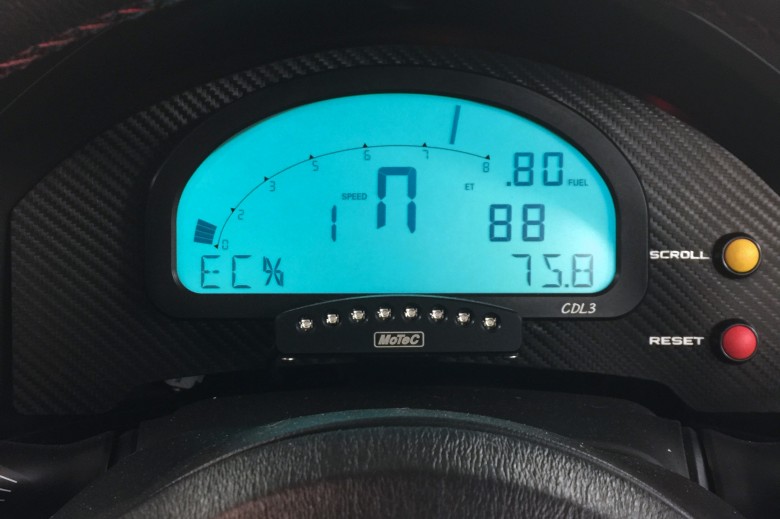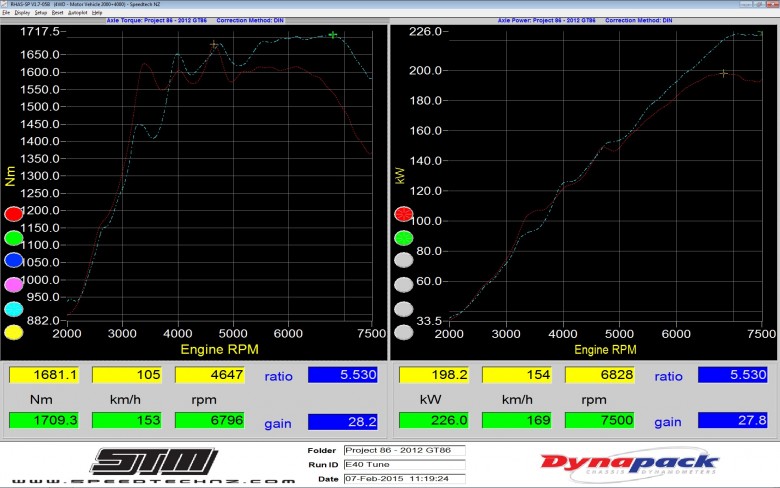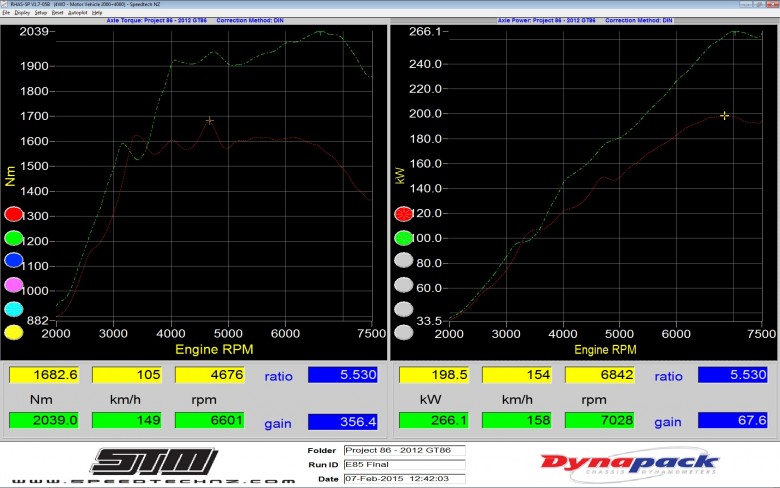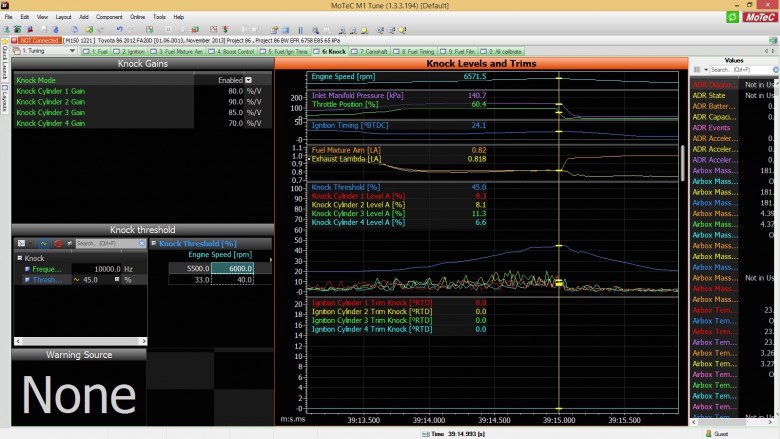Ethanol based fuels are common place in the automotive world and since ethanol is a 'renewable' resource and a cleaner burning alternative to gasoline, ethanol, or mores specifically ethanol blends, have become a popular choice in many countries. Pure ethanol or E100 isn’t typically used as a fuel since its lack of volatility (compared to gasoline) can make it hard to start when the engine is cold. The most common blend we are used to is referred to as E85, consisting of 85% ethanol and 15% unleaded gasoline. It’s worth noting however that the actual ethanol content of E85 may fluctuate quite widely in pump E85 - For example it’s common to see ethanol content in a winter blend of E85 reduce to perhaps 60-70% to aid starting in very cold climates

While E85 is (allegedly) great for the environment, performance enthusiasts quickly found out it’s also great for producing power. So where does the advantage come from? On the face of it ethanol actually has a slightly lower energy content than gasoline per kilogram, but it also has a much richer stoichiometric AFR (9.8:1 for E85 vs 14.7:1 for pump gas) which means we need to use more of it to mix with the same mass of air. In general when switching to E85 we will find that we need to inject around 35-40% more fuel to make the same power we saw on pump gas. E85 also contains around 30% oxygen by weight and it has a higher effective octane rating than pump gas - This is often listed as 105, however we have seen E85 perform as well as specifically blended race fuels with motor octane ratings of 116+.

One of the key advantages of E85 over gasoline is that it has a higher latent heat of evaporation than pump gas. This means that it absorbs more heat from the combustion charge as it goes through a phase change from liquid to vapour. This draws heat out of the combustion charge and coupled with its high octane rating, makes the fuel very resistant to detonation. For those interested in performance, this means we can run more boost, more compression, more ignition advance, or all three with relative immunity from detonation. Note that contrary to popular belief, knock can still occur on E85, but it is much less likely.

We recently performed some testing on our Toyota 86 fitted with a Borg Warner EFR 6758 turbo and a MoTeC M150 ECU. In stock form the 12.5:1 compression engine was heavily knock limited on pump gas, producing 198 kW at the wheels with 7 psi boost - That’s still a decent increase from the 114 kW measured when standard though. With a tank of E85 on board, we were able to optimise the ignition advance at the same 7 psi, achieving 226 kW at the wheels. This gain was achieved because we could optimise the ignition timing without encountering knock. In the end the engine took an extra 6-8 degrees of ignition advance over what it accepted on pump gas.

Once we had achieved MBT timing (Find out in our EFI Tuning Fundamentals online course) at the minimum boost level of 7 psi, we used the MoTeC’s electronic boost control to raise the boost pressure. With an extra 2.5 psi boost (9.5 psi peak), the engine produced 266 kW at the wheels and the ignition timing could still be advanced to MBT with no sign of detonation. Note that the stock FA20 engine runs a very high 12.5:1 compression, making it a challenging task to tune when coupled with a turbocharger. Obviously we could have pushed the boost further but we would like the stock FA20 to hold together for a little longer right now.
So E85 allows a degree of immunity from knock which obviously lends itself nicely to high boost turbo engines or high compression N/A engines. What happens if your engine is naturally aspirated and isn’t knock limited though? We have found that even in these situations you can still expect to see an additional 5% more power, making the switch to E85 a worthwhile consideration. The only downside is that you will be burning more fuel and hence your fuel economy takes a hit. On top of that you may need to rethink your fuel system with larger injectors and fuel pumps often an essential aspect of any upgrade to E85.
If you are interested in learning more about tuning for ethanol check out our dedicated Ethanol and Flex Fuel tuning course!
Also, why not check out this article on how to find out what percentage of Ethanol is in your fuel

MoTeC M1 Tune showing the built in knock detection system with individual knock levels from each cylinder displayed vs the knock threshold.

MoTeC M1 Tune showing a graphical and numerical view of the ignition timing.







